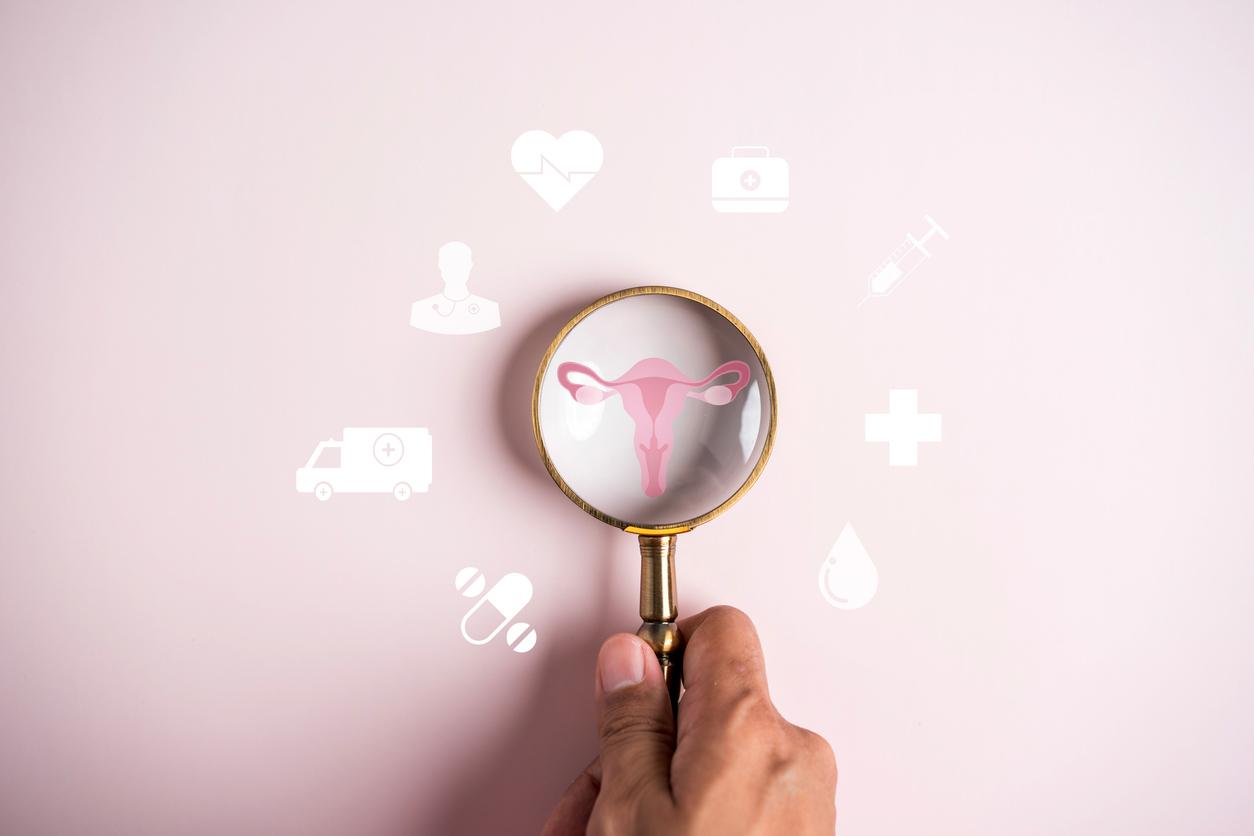Do you suffer from premenstrual syndrome ? Swollen belly, painful chest, low morale… While your period has not yet landed, its symptoms are already being felt. More than 7 out of 10 women would be affected by these inconveniences more or less marked, which can begin at ovulation and disappear with the onset of menstruation.
To assess the impact and prevalence of this syndrome in the daily lives of women around the world, researchers from the medical universities of Baltimore and Virginia surveyed women using the Flo menstrual cycle tracking application. A total of 283,114 women aged 18 to 55 responded to the questionnaire in 140 different countries between May 2017 and June 2020. The study, relayed by The world and published on August 26, 2022 in the Archives of Women’s Mental Health show that 61% of women (of any age group) reported mood-related symptoms with each menstrual cyclemaking a “key public health problem in the world“.
“We wanted to determine how common different types of premenstrual symptoms are and whether they have a functional impact on women on a regular basis.”said Jennifer L. Payne, a researcher at the University of Virginia.
To begin with, the researchers looked at the symptoms that these PMS could cause.
- 85% of women surveyed experience food cravings,
- 64% experience anxiety or mood swings,
- and 57% from fatigue.
“This study demonstrates that these mood symptoms are incredibly common and constitute an essential public health problem on a global scale”, adds Jennifer L. Payne. Indeed, for 29% of the respondents, PMS interfered with their daily life during each cycle, and for an additional 35% of women (64% in total), it interfered “sometimes” in their daily life.
Some physical symptoms of PMS worsen with age
Beyond the three symptoms mentioned above, the respondents indicated feeling breast tension, abdominal cramps, problems with bloating, weight gain, constipation, diarrhea or even migraines. And if the psychological symptoms were not influenced by age, certain physical symptoms experienced an increase in women aged 48 to 55, in particular hot flashes or low libido, symptoms associated with perimenopause. , period of transition to menopause.
And surprisingly, the researchers also found that premenstrual syndromes did not manifest in the same way in different countries around the world. “The incidence of reported premenstrual mood and anxiety symptoms varied widely across countries, ranging from a low of 35.1% in Congo to a high of 68.6% in Egypt.”notes Professor Payne.
If these data may seem biased (no information on taking a contraceptive, need to have a smartphone to share data, women already aware of what PMS is), the researchers nevertheless hope that they will allow a better recognition of this syndrome which occurs in a majority of women. “Increased awareness of the frequency of these symptoms and that if they impact functioning there are treatments available, will help women improve their quality of life“, concludes Jennifer L. Payne. See also our file Premenstrual syndrome: 9 tips to limit the symptoms
Source :
- Premenstrual symptoms across the lifespan in an international sample: data from a mobile application, Archives of Women’s Mental HealthAugust 26, 2022

















